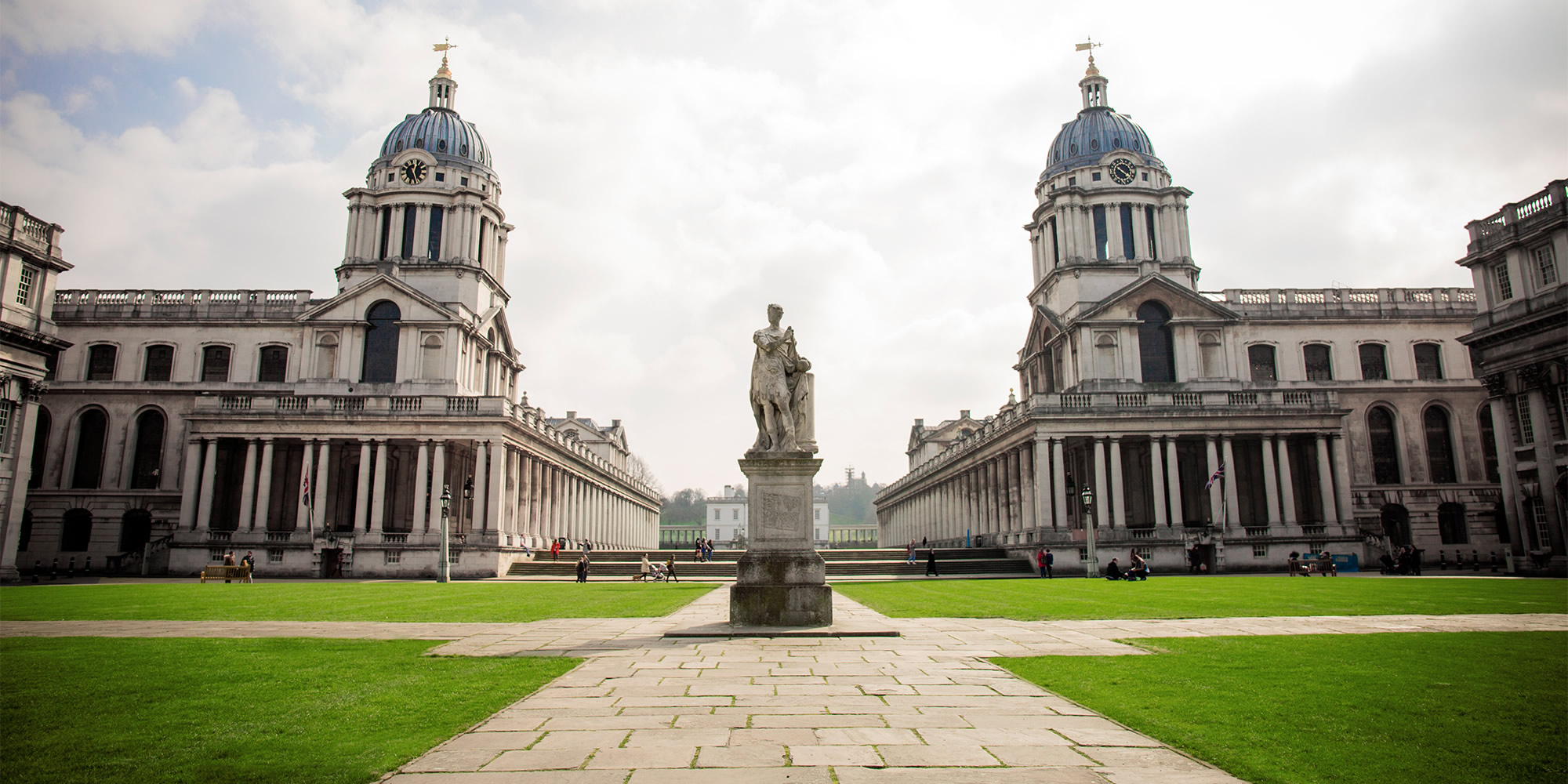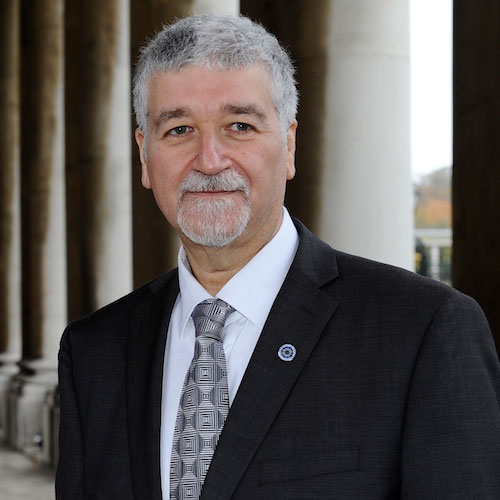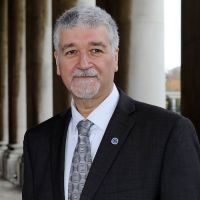About us: our vision
From improving the fire safety of buildings, aircraft, ships and trains, to determining the optimal response to a terrorist incident, disease outbreak or wildfire, the Centre for Safety, Resilience and Protective Security (CSRPS) helps to solve some of the world’s toughest safety and security challenges in fire safety engineering, disaster resilience, physical security and airborne pathogen dispersion.
Our expertise and software tools have been used to design safer structures, simulate incidents, and undertake forensic investigations of tragedies. Our evacuation models have tested the performance of the Airbus A380 ahead of its certification, reconstructed the World Trade Center 9/11 evacuation, and simulated evacuation from wildfires around the world, including the UK, Greece, and Australia. We have modelled various mitigation strategies for marauding terrorist attack scenarios on mass transit systems. Our aerosol dispersal model has calculated the probability of COVID-19 infection on long-haul flights, and long-distance train journeys, and is being applied to cruise ships. And our fire modelling has helped to learn vital lessons from fatal incidents, such as the Rhode Island Station nightclub fire and the Manchester Airport B-737 disaster.
The unique skill set of our highly interdisciplinary team brings formidable capability to our leading-edge research and consultancy in advanced computer modelling, immersive technologies, and large-scale human factors trials.
The world-leading contribution that CSRPS researchers have made to public safety over more than 30 years has been recognised in national and international awards, including the Queen’s Anniversary Prize, the British Computer Society IT Award, the Guardian Research Impact Award, the Royal Aeronautical Society’s Gold Award, the Royal Institution of Naval Architects Medal of Distinction and the Society of Fire Protection Engineers Award for Best Research Project.
We aim to:
- Advance societal safety, resilience, and security by addressing engineering challenges in the built and urban-scale environments, in transportation, and in the pedestrian environment.
- Lead the world in the disciplines of computational fire safety engineering, disaster resilience, physical security, and airborne pathogen modelling, and leverage our expertise and experience to address a broadening range of societal safety and security challenges
- Support and develop staff from across the University.
- Continue to build our income and capacity to undertake world-class research.
Our impact on the world
The growing safety and security challenges faced by society – from ensuring the fire safety of large, complex, novel structures, to mitigating the threats of terrorism, climate change and global pandemics – are driving demand for the skills and research expertise offered at the Centre for Safety, Resilience and Physical Security. Our research is aligned with the UN Sustainable Development Goals (SDGs), specifically contributing to:
- Good Health and Well-being (SDG3), by reducing the risk of infection and improving public health outcomes.
- Industry, Innovation, and Infrastructure (SDG9), by enhancing fire safety and evacuation strategies.
- Sustainable Cities and Communities (SDG11), by creating safer urban environments through improved disaster resilience and evacuation modelling.
- Peace, Justice, and Strong Institutions (SDG16), by promoting peaceful and inclusive societies through the prevention and mitigation of security threats.
Work conducted at CSRPS has already had significant beneficial social, economic and policy impacts. For example:
- Improving the safety of aircraft, buildings and passenger ships through more effective safety standards, policy and designs.
- Enhancing UK government guidelines for the positioning of security bollards to facilitate evacuation flows from critical infrastructure.
- Shaping the IMO International Guidelines for passenger ship evacuation.
- Generating significant income, to support our research, from license sales of our SMARTFIRE and EXODUS software to organisations across 30 countries.
Who we are
An interdisciplinary approach
Given the breadth of issues tackled, CSRPS research is necessarily multi- and cross-disciplinary, benefiting from both internal and external collaborations. Based in the School of Computing and Mathematical Sciences (CMS), our core expertise is in mathematical modelling, software engineering and fire safety engineering. We also have a developing capability in artificial intelligence and virtual reality. And we work closely with colleagues in architecture, built environment, forensic sciences, sports medicine, health sciences and environmental analysis. Regardless of the composition of the team involved, a commitment to solve real-world problems using the latest computer modelling underpins everything we do.
Partners
CSRPS works with a vast range of external partners, from companies such as Airbus, Boeing, Bombardier, Mitsubishi, Lloyds Register, Thornton Tomasetti, Arcadis and Clevertronics, to public sector and regulatory organisations, from the Department for Transport, Ministry of Defence, the Defence Science and Technology Laboratory (DSTL), Home Office, Cabinet Office and the US Federal Aviation Administration (FAA) and the Australian Defence and Technology Group (DSTG). . At the same time, we are active in our local community, working with, for instance, the Royal Borough of Greenwich and Kent Fire and Rescue Service, and assisting many SMEs locally and nationally with training and software support.
Funding
The research of the Centre for Safety, Resilience and Protective Security is supported by UKRI, DASA, and the EU Horizon Programme, as well as our corporate and government partners. We also earn income by licensing our software tools to commercial, educational and government organisations around the world, running CPD short courses and providing consultancy services to industry.
Our research
A twin model approach
At the core of the research undertaken at the Centre for Safety, Resilience and Protective Security are two distinct classes of computer model, which we are continually refining: agent-based models and models based on computational fluid dynamics (CFD).
Agent-based models, such as our EXODUS suite of software, combine mathematics and physics with human behavioural insights based on an understanding of psychology and social science. They are brought together with computer science to simulate how people are likely to move, react and behave in a range of stressful situations. Agent-based models can be used to improve the evacuation of buildings, aircraft, ships and trains, and to design training and procedures for responding to threats, such as marauding armed terrorists or school shooters.
We conduct surveys, and design and run large-scale evacuation experiments to build our understanding of how people behave in emergency situations. This insight supports development and validation of our agent-based models, ensuring confidence in their predictions. We have successfully evacuated, without incident, many thousands of people, from a variety of enclosures, including large buildings, hospitals, aircraft, trains, passenger ships at sea (the largest with over 2000 passengers), and four large construction sites in central London. We have undertaken surveys and interviews of hundreds of survivors from incidents such as the World Trade Center 911 evacuation, London Underground bombing, domestic fires, wildfires, etc.
CFD models, such as our SMARTFIRE fire simulation tool, combine advanced mathematics, physics, chemistry and sophisticated computer science to model reactive fluids. They predict the behaviour of fire, smoke, and aerosols, including air-borne pathogens
We apply these models separately or, in the most complex modelling situations, coupled, to simulate how people react and behave in the changing atmospheric conditions of emergency situations, an approach we pioneered. We are also applying the models increasingly in tandem with sophisticated virtual and mixed reality tools, in our main research themes:
- Computational fire safety engineering
- Disaster resilience
- Physical security
- Dispersion of airborne pathogens
Computational fire safety engineering
We are a pioneer of computational fire safety engineering, a strand of research that seeks to improve societal fire safety in aviation, the built environment, maritime/offshore and rail infrastructure through the design and application of advanced computational fire and evacuation modelling, as well as virtual and mixed reality tools. For example, we have contributed to a number of recommendations to improve fire safety in high-rise residential buildings as part of the Grenfell Inquiry.
Disaster resilience
Here we focus on research into urban-scale evacuation behaviour and modelling to strengthen societal resilience to natural and anthropogenic hazards, such as wildfires, floods, earthquakes and hazmat incidents. For instance, we built a digital twin – a digital representation that behaves like its counterpart in the real-world – to work out how best to evacuate 260,000 people from London’s Canary Wharf Peninsula in the event of a disaster.
Physical security
Physical security is about protecting citizens, first responders and security services from incidents involving marauding armed terrorists or the deliberate release of chemical warfare agents in crowded places. For example, we are collaborating with the DSTL, Home Office and Department for Transport to shape government thinking and first responder tactics in dealing with these situations in crowded places.
Dispersion of airborne pathogens
We are working to reduce the risk of infection from airborne pathogens within ventilated spaces by modelling the dispersion of respiratory aerosols and other airborne pathogens. We use CFD and agent-based modelling to explore physical, mechanical and pharmaceutical mitigation strategies. For example, our Healthy Sailing project, funded by EU Horizon Europe, aims to reduce the risks posed by respiratory pathogens on large passenger ships.
Other developing areas of research include forensic analysis of incidents, the fire safety of Green Walls and Living Walls, the evacuation capabilities of special needs groups with mobility limitations, the challenges of addressing Li-Ion battery fire safety, and disaster management and building resilience in developing countries.
Publications/Output
CSRPS researchers produce a wide range of publications for academic journals, as well as for the world’s media. A full list is available on the FSEG website.
Teaching and training
The Centre for Safety, Resilience and Protective Security currently runs two short courses designed for the fire safety engineering community: Principles and Practices of Fire Modelling; and Principles and Practices of Evacuation Modelling, which are available via face-to-face or distance learning and are suitable for CPD. Since 1998, more than 750 fire safety professionals from 44 countries have attended these five-day courses. Further development of our courses is envisaged to meet the growing fire safety needs of the architectural profession post-Grenfell. Internally, the Centre focuses on doctoral student training and supporting early career researchers, enabling growth of research outputs, successful project proposals, PhD studentship completions and outreach.
News and events
CSRPS staff and research have appeared in hundreds of electronic and print media articles around the world, improving public understanding of safety and how to minimise risks associated with fire and evacuation. More broadly, our high level of media engagement promotes public understanding of science and builds resilience to science scepticism, which the COVID-19 pandemic has highlighted as a growing societal issue.
Recent examples include:
- The work of the University of Greenwich’s Fire Safety Engineering Group (FSEG) of the Centre for Safety Resilience and Protective Security (CSRPS) features in the BBC1 TV documentary, ‘Why Planes Crash’. The documentary, first broadcast on 13 Oct 2025 at 20:00 investigates recent airplane crashes from around the world, exploring why the accidents occurred and factors that compounded the severity of the accidents. Prof Ed Galea, director of FSEG and CSRPS describes how their air EXODUS aircraft evacuation simulation software was used to quantify the impact on survivability of passengers retrieving luggage during evacuation.
- Kyunghyang Daily News, 03 Nov 2022, ‘British expert "It's not a stampede . . . Itaewon tragedy, crowd crush due to lack of management’
- Prof Galea interviewed by various outlets concerning the Itaewon crowd crush: The Guardian, 1 Nov 2022, Crowd crushes: how disasters like Itaewon happen, how can they be prevented, and the ‘stampede’ myth’
- Prof Galea interviewed on Kay Burley programme Sky News Channel concerning UK Wildfires and threat to London. (20/07/22).
- Prof Galea interview on BBC NEWS Channel concerning ‘Stay Put’ on 14 June 2022 at 15:25.
- Prof Galea was interviewed concerning the Grenfell Tower fire and his views on whether another high loss of life event could happen again. ‘Why disabled people will be forced to stay in burning high-rises’, Peter Apps, The Spectator, (21 May 2022).
- A paper on COVID infection probability on aircraft discussed by Russian news outlet. (3 Feb 2021).
We are also active on social media. A Facebook page provides news of the latest CSRPS developments and activities and provides commentary on current safety and security incidents. Our YouTube channel provides computer generated animations from our modelling work, as well as recorded lectures and recorded interviews for TV and radio. These YouTube assets have received in excess of 1 million views.





















